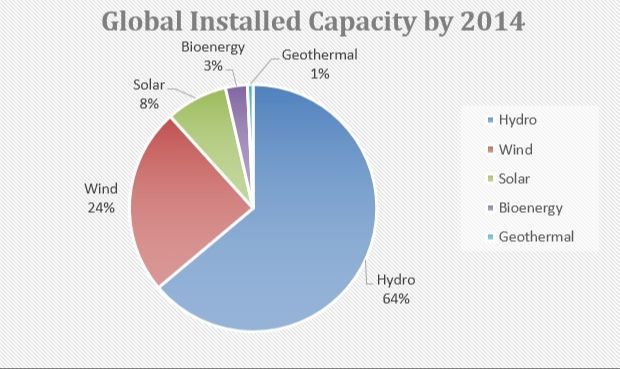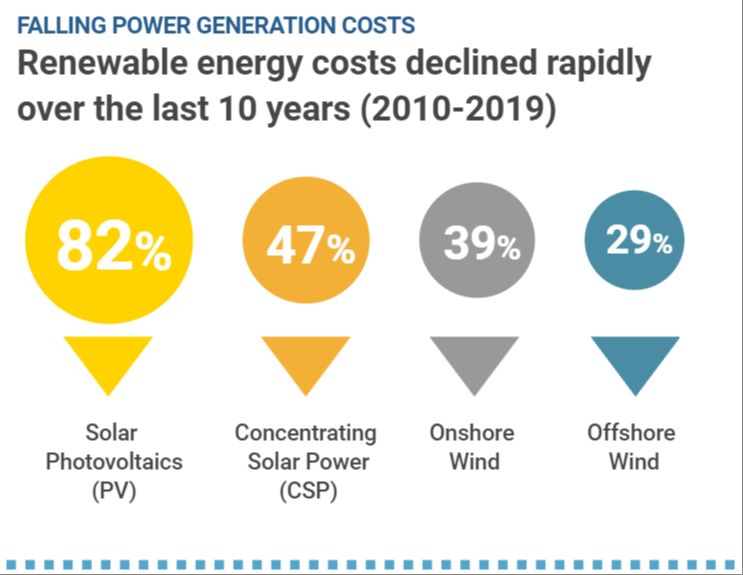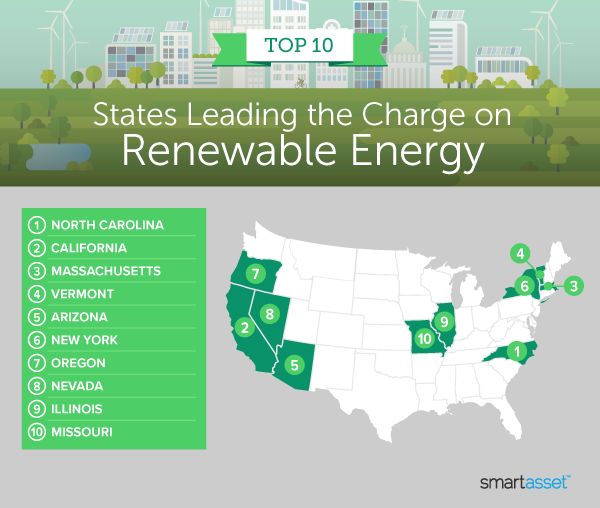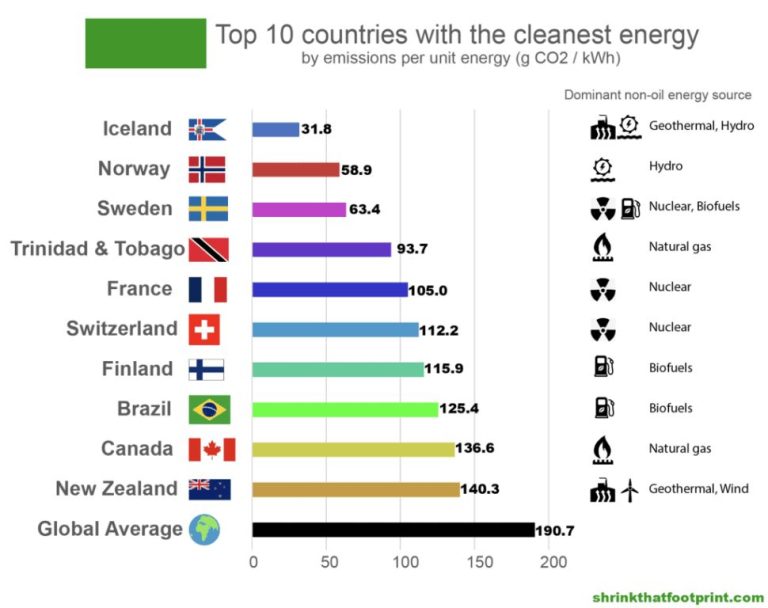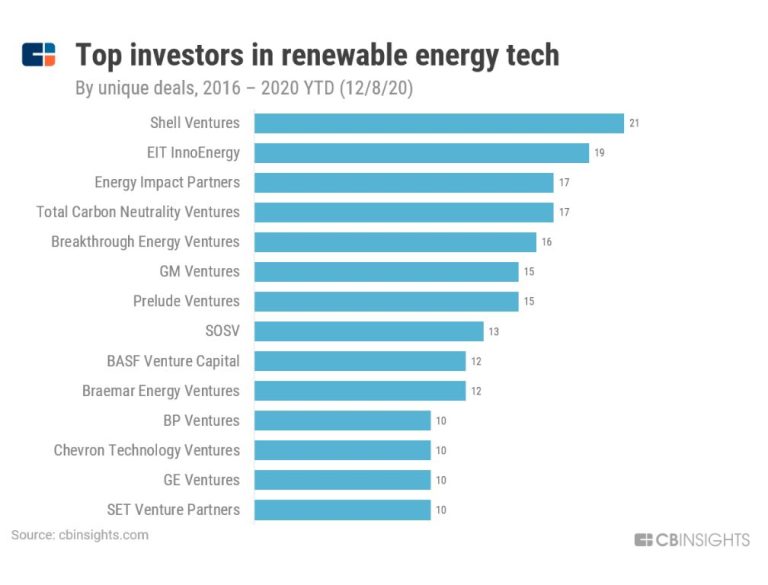What Are Some Negatives Of Energy And Power Technology?
Fossil Fuels
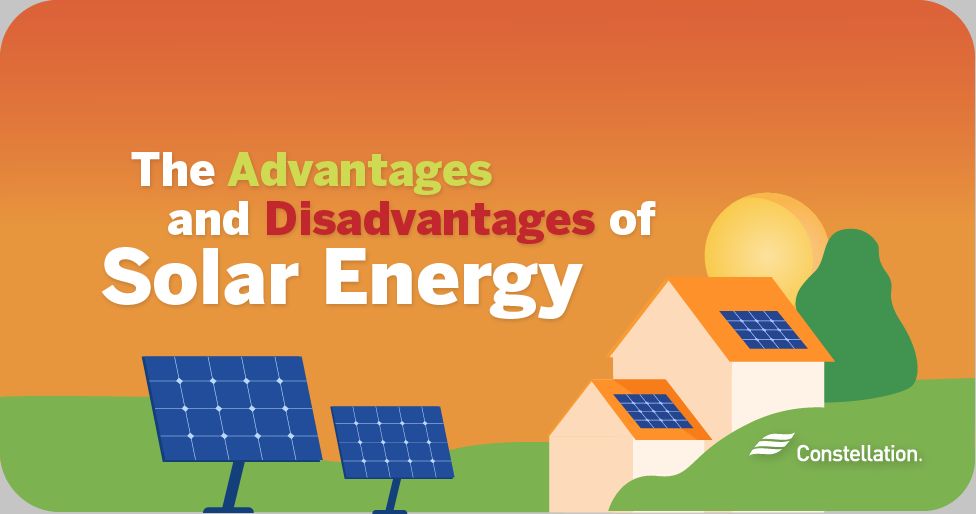
Burning fossil fuels like coal, oil, and gas releases large amounts of carbon dioxide into the atmosphere, which is a major contributor to climate change and global warming. According to the NRDC, “Fossil fuels account for more than 80 percent of carbon dioxide emissions in the United States” (source). The greenhouse gases caused by fossil fuel combustion trap heat in the earth’s atmosphere and oceans, leading to melting ice caps, rising sea levels, and more extreme weather events.
Fossil fuel emissions also cause substantial air pollution like smog and particle pollution that can lead to respiratory illnesses, heart disease, and premature death. The EESI notes that “In the U.S., more than 400,000 premature deaths each year are caused by air pollution from combusting fossil fuels” (source). Furthermore, extracting and transporting fossil fuels can lead to oil spills and natural habitat destruction.
Nuclear Power
Nuclear power has several potential downsides that must be considered (The 5 Biggest Disadvantages Of Nuclear Power, Pros and Cons of Nuclear Energy). One major drawback is the issue of radioactive waste disposal. Nuclear reactors produce radioactive waste that must be carefully contained and isolated from the environment for extremely long periods of time. Currently, there is no permanent storage solution for high-level radioactive waste in most countries using nuclear power.
Another downside is the risk of a nuclear disaster, which could cause catastrophic environmental and human health impacts. Nuclear meltdowns like Chernobyl and Fukushima have shown the potentially devastating effects of accidents at nuclear plants. Even when reactors operate safely, they still carry inherent risks.
There are also concerns that civil nuclear power programs could enable the proliferation of nuclear weapons. The technology and enriched fuel used in power reactors can potentially be diverted to produce materials for nuclear weapons. This is a challenge for international nuclear security and preventing weapons proliferation (Advantages and Disadvantages of Nuclear Energy).
Hydropower
Hydropower can have negative environmental impacts by disrupting river ecosystems, altering natural water flow, and flooding land for reservoirs (1). Building dams and reservoirs floods large areas of land that serves as important habitat and agricultural resources. This flooding can severely disrupt local ecosystems, harm native plant and animal life, and displace communities (2). Dams also change the natural flow of rivers which impacts migration and spawning for fish species. The changes to river ecosystems from hydropower facilities can lead to a loss of biodiversity and extinction for sensitive species (3).
Biofuels
Biofuels have several negative impacts on the environment. One major concern is that growing crops for biofuels competes with food production. According to the EPA, using farmland to grow corn and soybeans for biofuels reduces the amount of crops available for food and animal feed. This drives up food prices globally.
Biofuel production can also lead to deforestation when forests are cleared to expand farmland. The large-scale land use change contributes to biodiversity loss and releases carbon stored in trees into the atmosphere, exacerbating climate change (EIA).
In addition, growing biofuel feedstocks is a water-intensive process. According to the EPA, corn-based ethanol production in the U.S. consumes billions of gallons of water annually. The high water usage competes with other needs and strains water resources in some regions.
Wind Power
Wind power can have several negative environmental effects. One concern is noise pollution from the mechanical movement and aerodynamic sounds from turbine blades. This can be disruptive to nearby residents if wind farms are built close to homes. According to UCSUSA, careful planning and regulations on turbine siting can help minimize noise impacts.
Wind turbines can also pose a collision risk for birds and bats. Research by the USGS shows that wind turbines can interfere with migratory patterns and mating behaviors of bats. Proper siting and improved turbine designs can reduce bird and bat mortality.
Some people find wind farms visually unappealing. The large scale of modern wind turbines makes them highly visible across landscapes. According to the EIA, visual impacts should be considered when planning wind farm locations.
Solar Power
The high upfront costs of solar panels have long been a barrier to widespread adoption, according to [source1](https://www.constellation.com/energy-101/energy-innovation/solar-energy-pros-and-cons.html). Though prices are dropping, purchasing and installing a solar array still costs thousands of dollars. Financing options can spread out payments over time, but solar remains out of reach for many households.
Another issue with solar power is its intermittency problems due to dependence on weather and daylight hours, as noted by [source2](https://www.greenmatch.co.uk/blog/2014/08/5-advantages-and-5-disadvantages-of-solar-energy). Output can fluctuate based on cloud coverage, seasons, and time of day. This can cause reliability issues for solar dependent areas. Energy storage solutions like batteries can help mitigate intermittency, but add further costs.
There are also environmental concerns around solar panel disposal and toxic materials, according to [source3](https://www.nachi.org/disadvantages-solar-energy.htm). Parts like lead-acid batteries and semiconductor materials can be hazardous if not properly recycled. New solar panel technologies are reducing toxicity and improving recyclability, but it remains an issue.
Battery Storage
Lithium-ion batteries, commonly used in electric vehicles and consumer electronics, have concerning environmental impacts from resource extraction. The mining of lithium, cobalt, and nickel used in these batteries can contaminate soil and water, harming local ecosystems and communities. Toxic chemicals are often used in the extraction process, further adding to the environmental damage.
In addition, lithium-ion batteries carry a risk of overheating and catching fire. Thermal runaway incidents have led to explosions and fires in electronic devices, electric vehicles, and energy storage facilities. Proper safety protocols need to be followed to mitigate this danger.
Furthermore, lithium-ion batteries have limited lifespans and degrade over time. The average EV battery lasts 8-10 years before needing replacement. Improper battery disposal can leach toxic materials into the environment. More research is needed into extending battery life and developing effective recycling programs.
Overall, while lithium-ion batteries are crucial for the transition to clean energy, their downsides regarding resource use, safety, and longevity must be addressed. Continued innovation and responsible practices can help minimize the negative impacts of battery storage technologies. (Source)
Power Lines
Power lines can have negative environmental impacts in several ways. One issue is that constructing new power lines can lead to land use conflicts. When power lines and their access roads are placed in undeveloped areas, they can disturb forests, wetlands, and other natural habitats (EPA). Underground power lines also require digging up land along their path.
Another concern is that the electromagnetic fields around power lines may have health effects, although the evidence is still inconclusive. Some studies have linked exposure to electromagnetic fields from power lines to increased risk of childhood leukemia, but more research is needed (EPA).
In addition, sparks from power lines can ignite nearby vegetation, leading to devastating wildfires that damage ecosystems and communities. The 2018 Camp Fire in California, which killed 85 people, was ignited by power lines (Scenic America). Maintaining proper clearances around power lines is crucial to reducing fire risk.
Smart Meters
Smart meters can raise privacy concerns as they provide energy suppliers with detailed data about customers’ energy usage habits (Switchcraft, 2023). This level of monitoring makes some individuals uncomfortable.
There are also worries about potential health effects from smart meters’ wireless transmissions, although Public Health England’s review found that evidence does not indicate public health risks (Kiplinger, 2023). However, some people report symptoms like headaches and insomnia after a smart meter is installed.
Additionally, there are cybersecurity risks associated with smart meters, as the network could be hacked to access usage data or manipulate meter readings (Plumbcare, 2018). Though utilities aim to secure these systems, any connected device presents vulnerabilities.
Conclusions
While energy and power technologies provide many benefits, all forms have some negative impacts that must be managed. However, with proper regulation, continued research and development, and thoughtful implementation, the negative effects of energy production can be minimized.
There are always tradeoffs when choosing energy sources. Fossil fuels provide reliable and affordable energy but contribute heavily to climate change. Renewables like solar and wind are far cleaner but less consistent in output. Even green technologies like batteries and hydro power can disrupt wildlife. No solution is perfect.
Well-designed regulations and policies can greatly reduce negative impacts. Setting emissions limits, protecting habitats, and requiring environmental reviews for new projects guides development of energy in a more sustainable direction. As technologies evolve, regulations must be updated to match.
Ongoing research enables continual improvement in reducing environmental harms. Developing wildlife-friendly wind turbines, advancing solar panel efficiency, perfecting carbon capture systems, and inventing better batteries through basic science all lead to cleaner energy production over time.
In conclusion, while no energy technology today is without negative effects, through responsible use guided by science-based policies, along with sustained innovation, the environmental footprint of providing power and energy can be minimized as much as possible.

